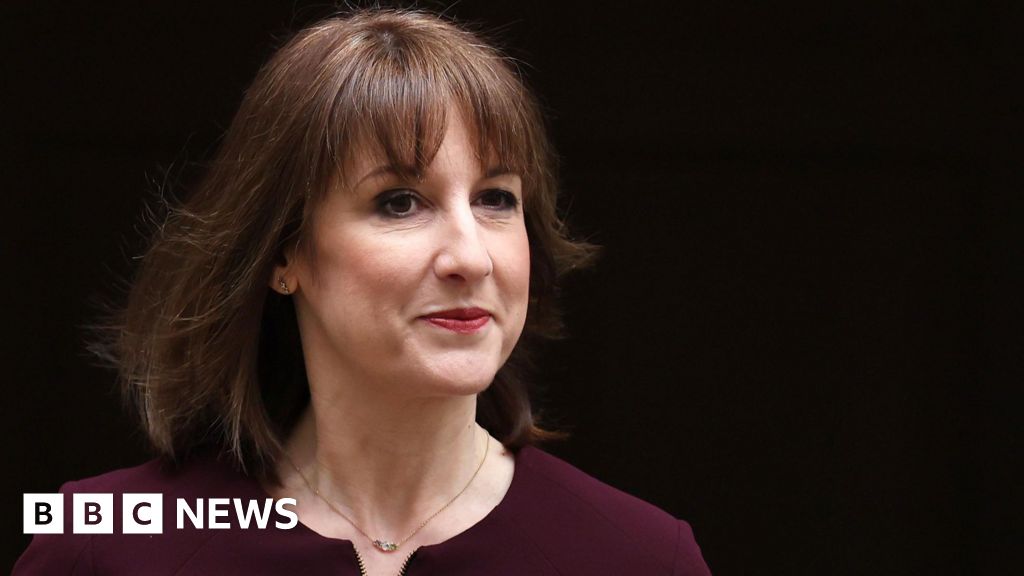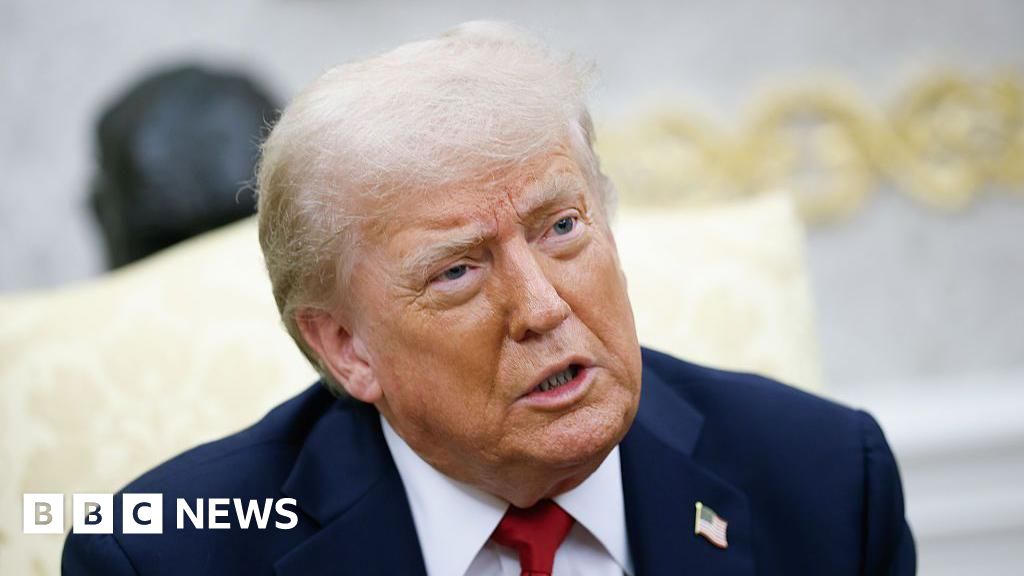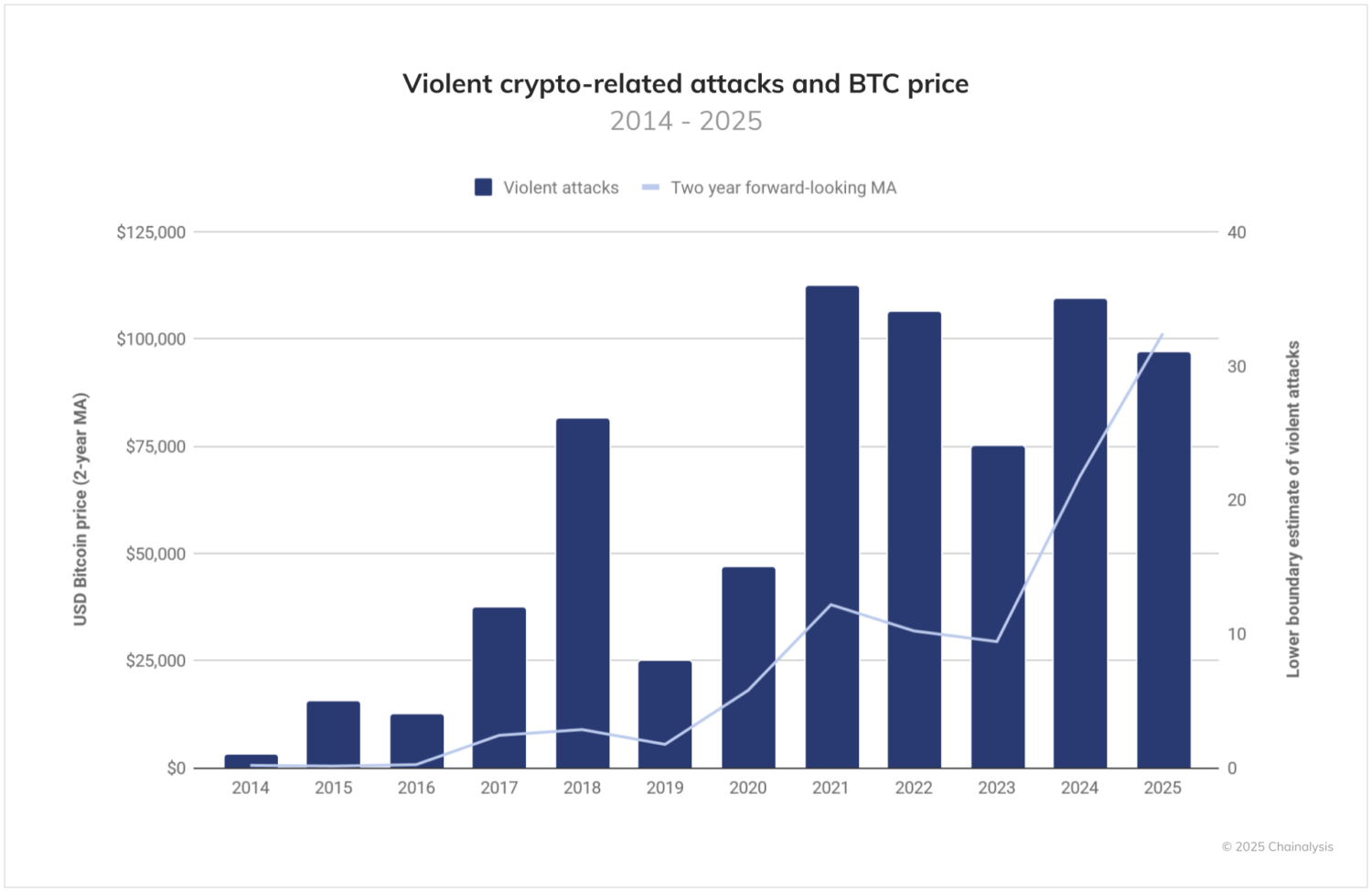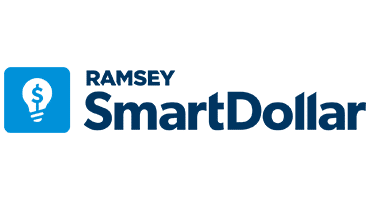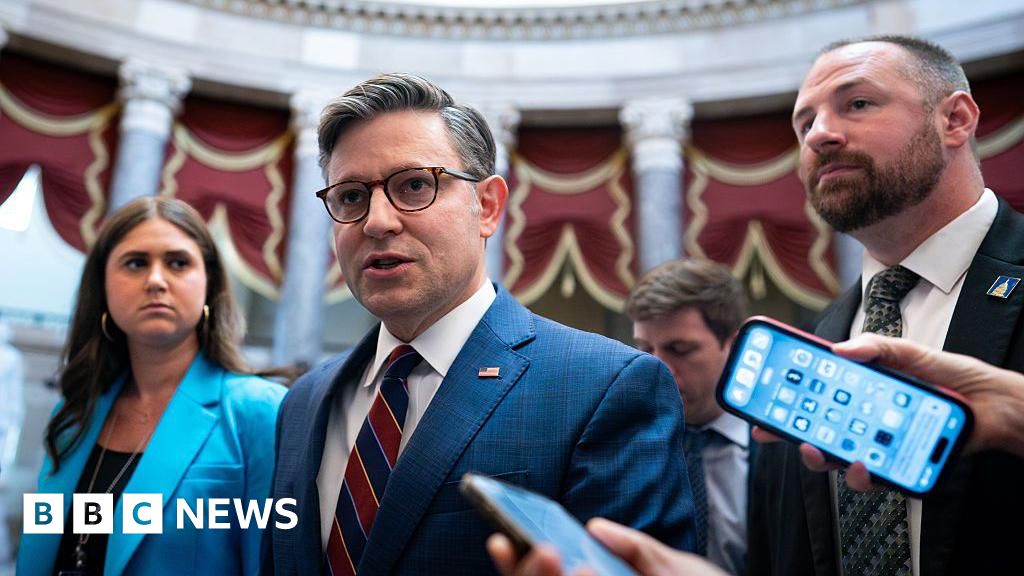Bias in the hiring process has long confounded HR and business leaders. What combination of training and technology can drive recruiters and hiring managers to shelf their preconceived notions about what candidates look like, or where they come from?
That question should also consider the impact of an applicant’s personality on hiring decision-making, according to new research. In an analysis of more than 11,000 assessments of candidates over the last three years, recruiting and feedback solutions provider Textio highlighted the potential influence of personality bias in the hiring process.
Candidates who ultimately received offers were 12 times more likely than others to be described as having a “great personality.” They were also
- six times more likely to be deemed “nice”;
- five times more likely to be called “friendly”; and
- four times more likely to be described as having “great energy.”
“In other words, managers are more likely to hire people they like,” researchers wrote, noting that the finding, on its own, wasn’t particularly surprising. “But the fact that personality commentary makes its way into written interview assessments is highly problematic, since this commentary is not typically relevant to the candidate’s ability to do their job.”
Kieran Snyder, co-founder and chief scientist emeritus at Textio, says formal assessments that are influenced by candidates’ personalities do a disservice to the organization.
“When you hire people based on anything other than their current skills and their ability to develop new skills as they go,” she says, “you’re setting yourself up for an organization that does not perform.”
The research also found clear distinctions in how recruiters and hiring managers described the personalities of candidates based on their gender.
For instance, women were described as “bubbly” 25 times more than men and “pleasant” 11 times more. Men, meanwhile, were noted to be “level-headed” 7.5 times more than women and confident seven times more.
When gender and personality biases surface in the hiring process, it suggests that assessment standards aren’t stringent enough, Snyder says.
“The backbone of any strong hiring process is consistency in assessing functional skills, behaviors and growth mindset,” she says.
While training can play a role in tightening up processes, HR should pair it with more consistent rubrics. This begins, Snyder says, with “getting clear” on skills at the job description level.
HR should “systematically” assess the skills in a job description during the interview process and again during performance reviews.
“In a great system,” Snyder says, “training mainly focuses on teaching people the rubrics, and software helps ensure alignment with these rubrics.”
Designing skills assessments for impact
While technology has a critical role to play in reducing bias in the hiring process, the best skills assessments, Snyder says, are not entirely automated.
HR should design interview processes that give candidates a real sense of how they would work. For instance, collaboration will likely be key for corporate knowledge workers, so the interview process should reflect that.
“This not only helps interviewers see candidate skills in action,” Snyder says, “but it gives candidates a realistic sense of what it would feel like to work with the hiring team in practice.”
Credit: Source link




